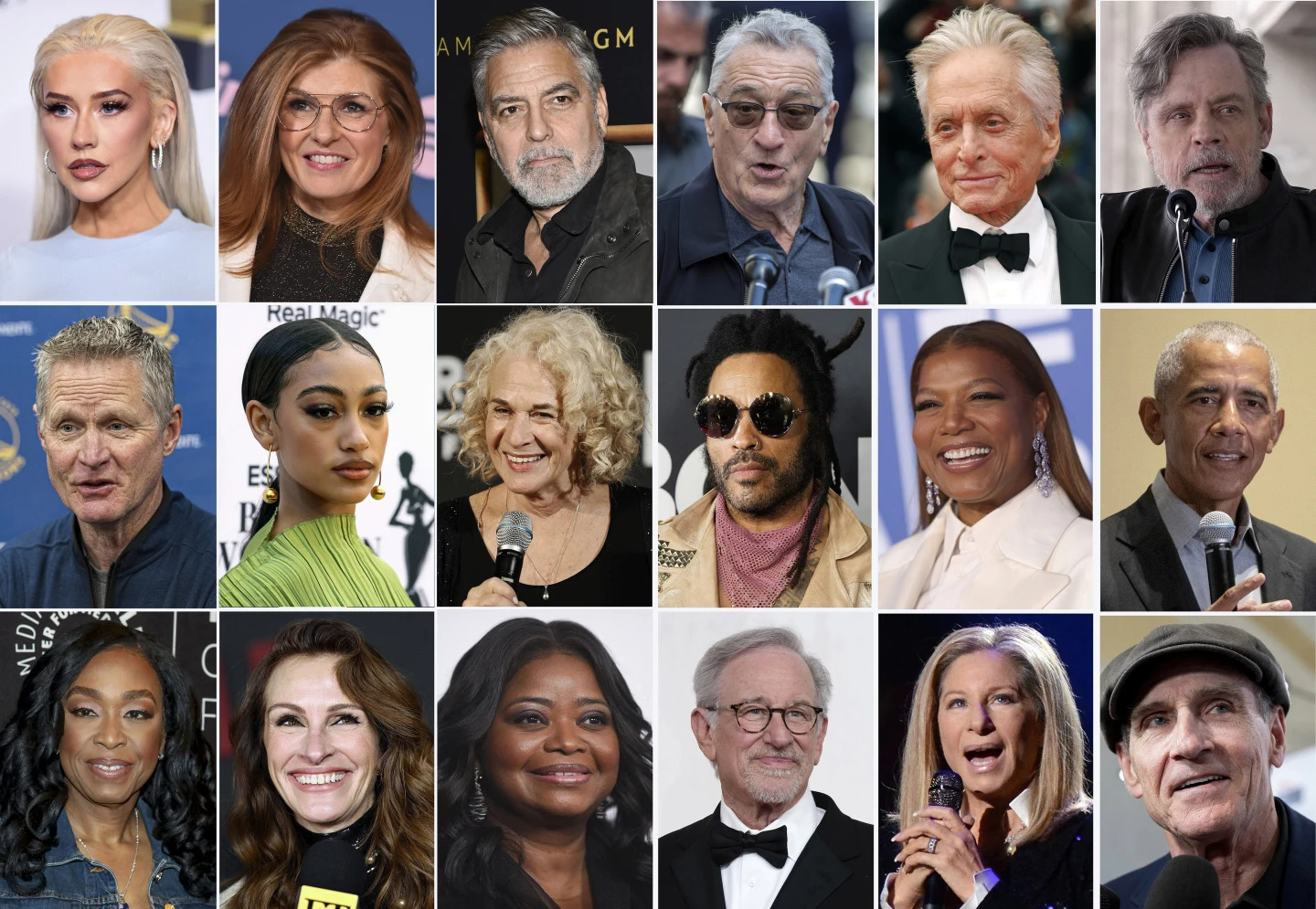Cancel Culture Burnout: Why Celebrity Hate Has Become a Toxic Spectator Sport

Back in 2010, celebrity news was a limited landscape of glossy magazine spreads and paparazzi snapshots. Fans were confined to glimpsing their favorite stars through narrow, curated windows of information—mostly centered around red carpet fashion, casual lunch outings, and sensationalized tabloid images.
Everything transformed with the meteoric rise of social media platforms like Instagram, X (formerly Twitter), and Snapchat. These digital channels revolutionized celebrity culture, offering unprecedented direct access and intimate glimpses into stars' personal lives. Suddenly, fans weren't just passive consumers of celebrity news; they became active participants in a dynamic, real-time narrative.
Celebrities could now communicate directly with millions, sharing unfiltered moments, personal thoughts, and behind-the-scenes experiences. The traditional gatekeepers of celebrity information—magazines and entertainment journalists—found themselves increasingly irrelevant as stars took control of their own narratives.
This shift didn't just change how we consume celebrity news; it fundamentally reshaped the relationship between public figures and their audiences, creating a more transparent, immediate, and interactive entertainment ecosystem.
